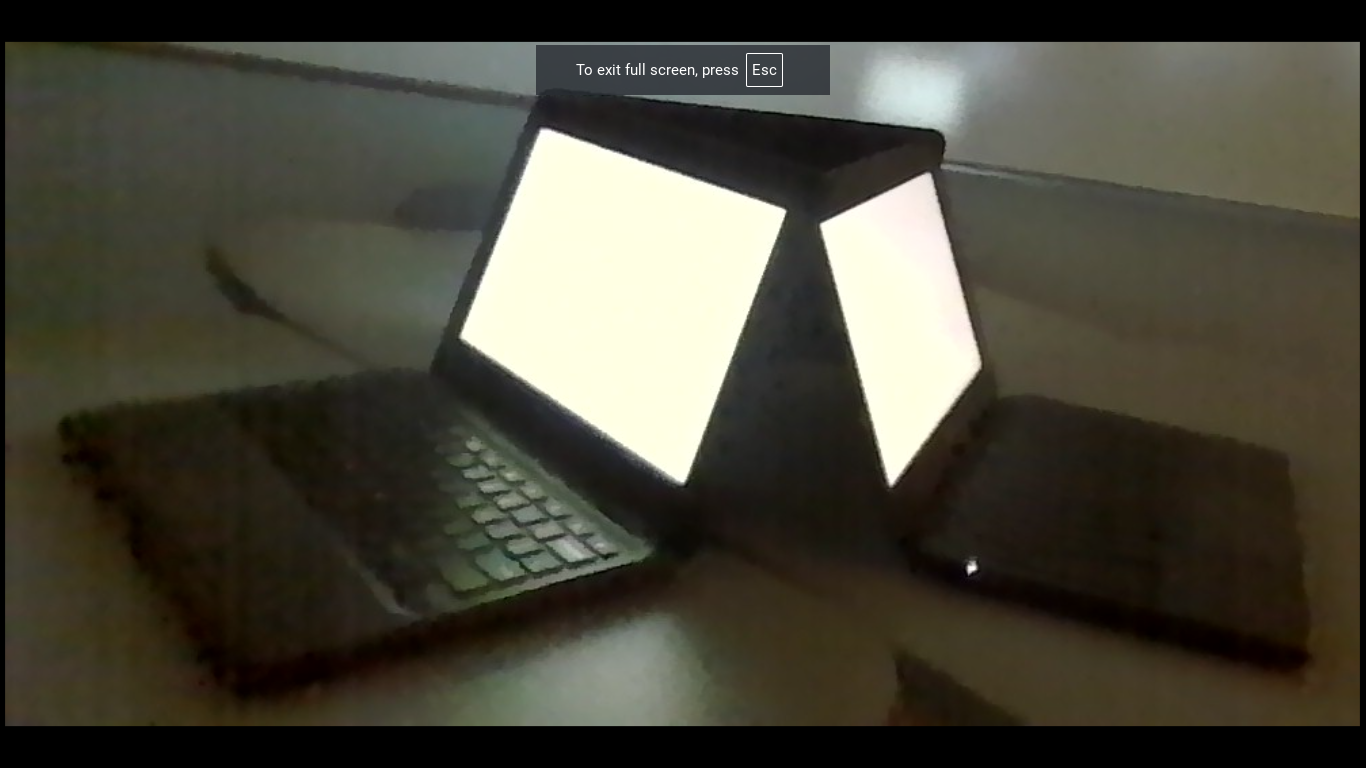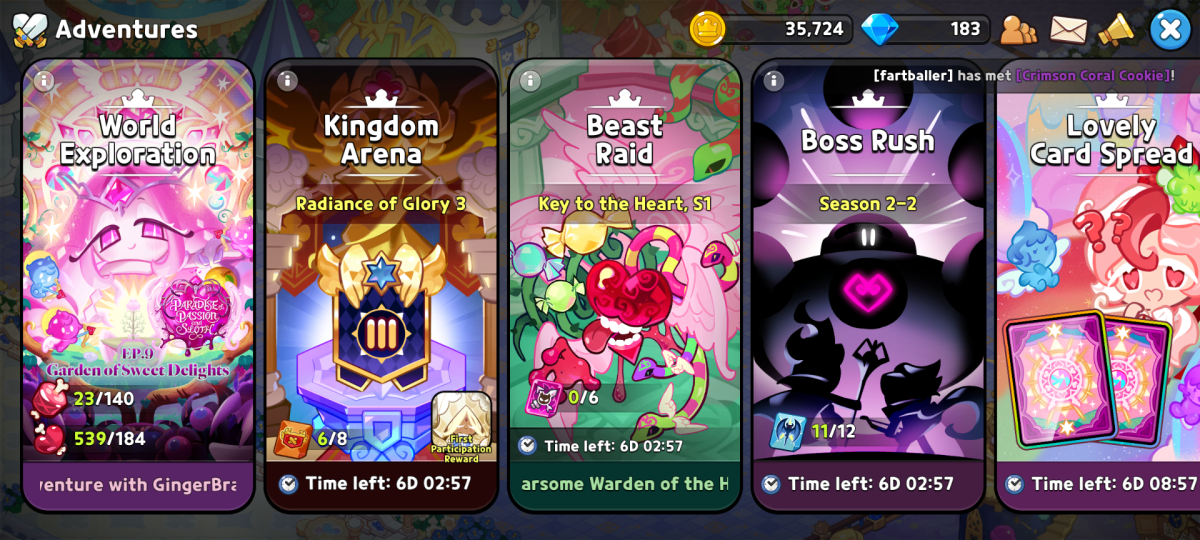Many critics claim that new technology itself is a problem. New technology is not the problem at first, but it can gradually become a problem depending on how it is used. For example, robots are typically only a problem in sci-fi movies if they are written that way. There are times when the robot plays a friendly role as well. Blue light devices can play the same “friendly role” in life if they are used responsibly. An example of responsible usage is regulating screen time and keeping it short. On the other hand, irresponsible usage can cause reliance on a personal device. The connection between the user and the device determines how reliant the user is. The more time spent on the device, the stronger this connection becomes.
The amount of time spent without a break on these devices ranges from not at all to a few days in a row. Outside of work and schoolwork, how much screen time is considered too much? The website reidweb.org states: “Experts say adults should limit screen time outside of work to less than two hours per day,” yet mastermind.com states that on average, people ages 8-45 years spend around triple that or more time on their devices.
Why do people tend to spend so much time on their phones, tablets, or computers in their free time? Most people these days have enough experience to figure out the answer. For example, Netflix series episodes are roughly 20 minutes each. Three of these make an hour in total! If someone is watching a series that catches his attention, he may start to binge up to 12 episodes and, afterwards, finally realize that it has been 4 hours. Even after watching all of that, he could keep bingeing until he had reached the end of the series and finally saw an episode that did not end in a cliffhanger. A battle royale in Fortnite can take around 20 minutes as well. If the round isn’t a satisfactory victory, the user will click the restart button without much thought. The user might play 15 rounds of restarts and finally a round with a 2nd-place finish. The user is good at the game and survives each restart round for 3 minutes. This adds up to at least 45 minutes of restarts and around 20 minutes of the victory match. This takes at least 1 hour in Fortnite for just one potentially satisfactory round. This cycle will repeat until the user is satisfied or gets tired. Art apps for talented artists often take up to hours to finish a picture! An artist trying to draw a comic with hundreds of pictures may spend hours a day on these devices. A day in Minecraft is 10 minutes, and a night is about the same amount of time. As someone with experience in the game, I know it typically takes Minecraft days to do almost anything. Even TikTok, which has extremely short videos, makes half an hour fly by. These are just a few examples of apps that take up more time than they may seem, causing screen time to increase significantly.
Another reason for excessive exposure to these devices is that people can become addicted to them. What is downloaded onto them tends to stimulate, or rather overstimulate, people. Dictionary.com defines stimulation as “something that arouses interest, inspiration, or incitement to action.” There is seemingly endless potential on the entertainment roads these devices provide. This road could be a trip to an entertainment app to subdue boredom such as gaming or reading. The path could also lead to social media and art apps, allowing people to express themselves and meet their social needs. The drive could also be going up the hill of Google, asking questions to satisfy a curiosity or a need. These options will keep the brain busy for hours on end, leading to overstimulation. Overstimulation makes things in the real world appear much less interesting to the brain than activities in the digital world. At times, it can weaken the link people have with the concepts of the physical world around them, as it makes them want to focus on what catches their attention. This can draw people into a certain device for hours, making it feel like no time has passed at all. Outside of the electronic world, the world can seem more boring to overstimulated individuals. In some cases, the device is the only item that these individuals see.
Using technology should be an option, but it should not be the only option. The connection between a device and a user should be positive, like friends who hang out once in a while, rather than a drug that is needed to survive. People who become extremely dependent on their device struggle or are unable to be separated from their device for prolonged periods of time. This stage is often referred to as addiction. Dictionary.com refers to an addiction as “the state of being compulsively committed to a habit or practice or to something that is psychologically or physically habit-forming, as narcotics, to such an extent that its cessation causes severe trauma.” An example of this is when a child throws a temper tantrum after the device is taken away.
Whether it is due to addiction, overstimulation, reliance, or pure irresponsibility, prolonged use of electronics has effects on people’s bodies. The website reidhealth.org describes some of these negative effects. These include insomnia, eye strain, headaches, pain in the neck, shoulder, and back, and reduced physical activity. Sitting or lying in an awkward position for a long period of time could potentially cause pain in the shoulders, neck, or back. Eye strain and headaches usually come from too much exposure to the blue light of the screens. As someone who has had these symptoms from blue light exposure, I can confirm that people like me will sometimes change the brightness of the electronic screen to a lower setting. Insomnia and trouble sleeping tend to happen to people who lose track of time or cannot resist wanting to work on something on their devices.
Phones, computers, and tablets are okay to spend time on, as long as they don’t take up too much time or interfere with other parts of life. They have many fun features that are exciting to explore and useful in many situations. It is wise to be able to take breaks from the screen and find hobbies that replace screen time. Keeping connections in the real world helps prevent getting lost in a cyber reality.
Sources
https://www.dictionary.com/browse/addiction














